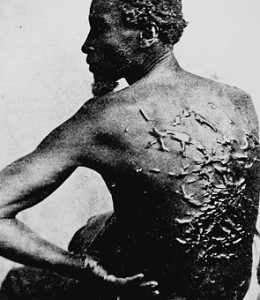Trusters of expansive, intrusive government have spread the notion that the Civil Rights struggles of the 1960s were struggles for more government.
In fact, the Civil Rights movement was a guerilla, libertarian victory over socialism and government supremacy.
When Civil Rights icon Rosa Parks refused to give up her seat for a white bus passenger in December 1955, she was defying the state.
The Montgomery, Alabama bus line was operated according to Alabama State laws which required commuter buses to be segregated by race.
The famed Montgomery bus boycott could not have been successful without the courage of black cab owners in the private sector. Montgomery taxis, like buses, were subject to segregation laws, meaning there were white cab companies and black cab companies. The 18 black cab companies in Montgomery stepped up to pick up and transport blacks for only a dime apiece (the same as bus fare).
Ironically it was the arrogance of the state that made the bus boycott truly successful. Immediately after Rosa’s arrest, the Montgomery police commissioner announced that 2 motorcycle cops would follow each bus the following Monday, “to protect anyone who wished to ride” from “goon squads.” Ironically, this announcement had the effect of convincing some waverers to join the bus boycott.
That Monday, virtually every black commuter in Montgomery found other transportation to and from work. Many car-pooled; others walked great distances; others took the discounted cab rides.
Government leaders were outraged at the defiance. City officials demanded that the black cab companies comply with the city code, which set a minimum cab fare of 45 cents per passenger. In response, the black churches organized a network of volunteer carpools.
The Montgomery bus boycott lasted a year, during which there were bombings and harassment on a grand scale by police. Cops followed black carpoolers and ticketed drivers for trivial offenses. Some black car owners were cited for petty nonmoving infractions such as weak brakes or maladjusted headlights. City wreckers towed the cars away at owners’ expense, to city-approved shops for repairs billed to the drivers.
On October 30, 1956, almost a year after Rosa’s arrest, the City of Montgomery went to local court seeking wide-ranging injunction “to stop the operation of the car pools or transportation systems growing out of the bus boycott,” and to collect damages of $15,000 for loss of tax revenues. A local Montgomery judge (the same judge who convicted Rosa Parks of a crime for refusing to comply with the government’s segregation program) was preparing to issue a decree declaring the boycott an illegal conspiracy.
However the court proceedings were interrupted by phone calls from Washington reporting that the U.S. Supreme Court had invalidated Rosa Park’s arrest and struck down Alabama’s bus segregation laws as unconstitutional.
Source: Jane Stevenson, “Rosa Parks Wouldn’t Budge,” 23 American Heritage 2 (Feb. 1972).


